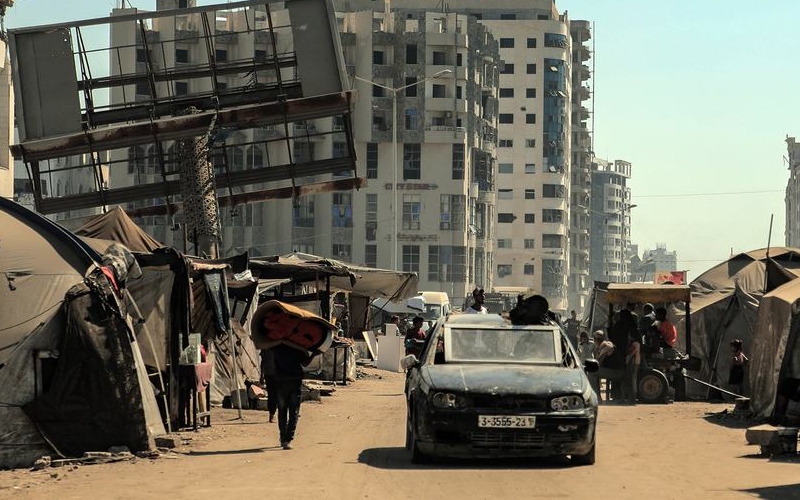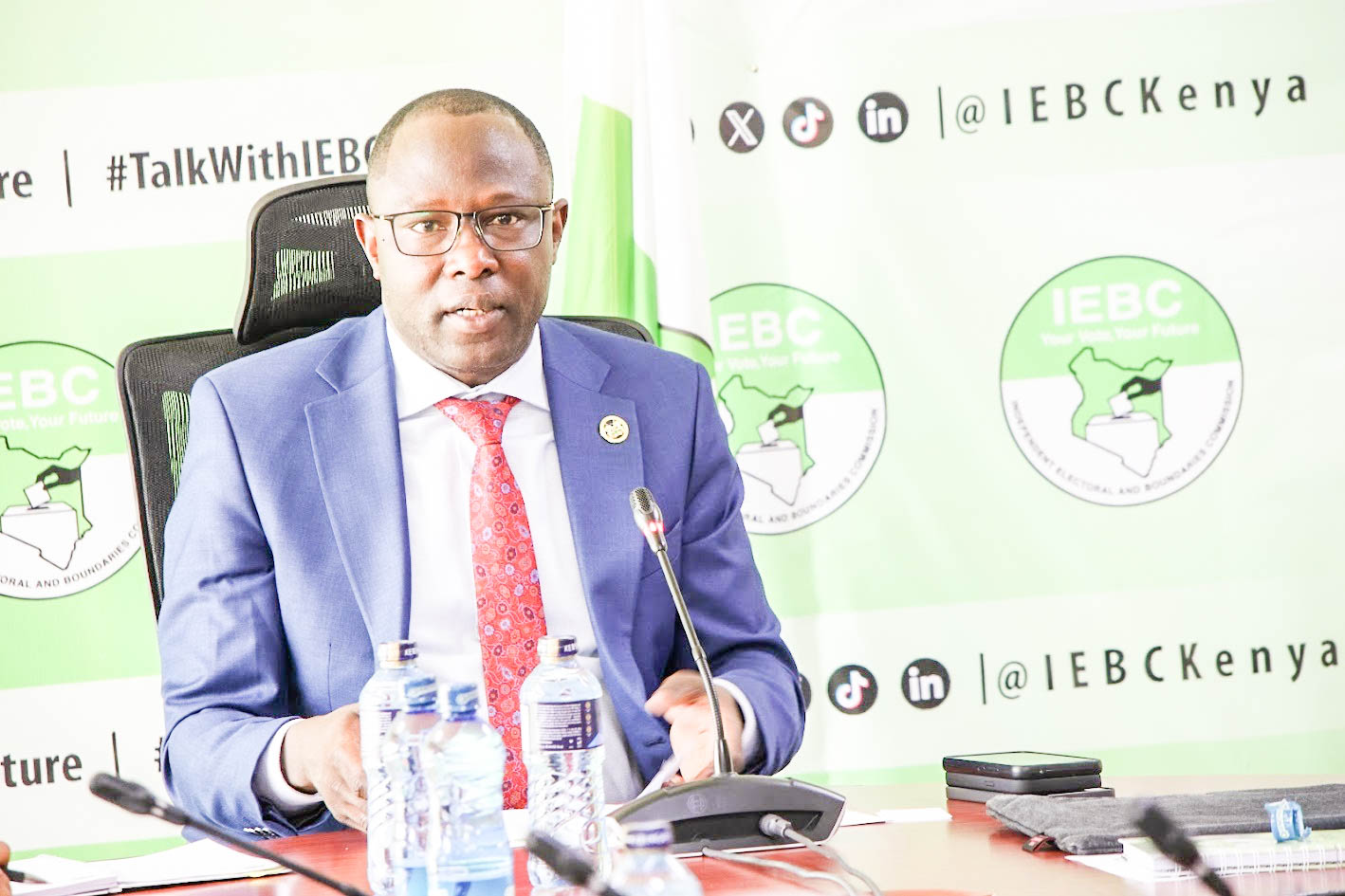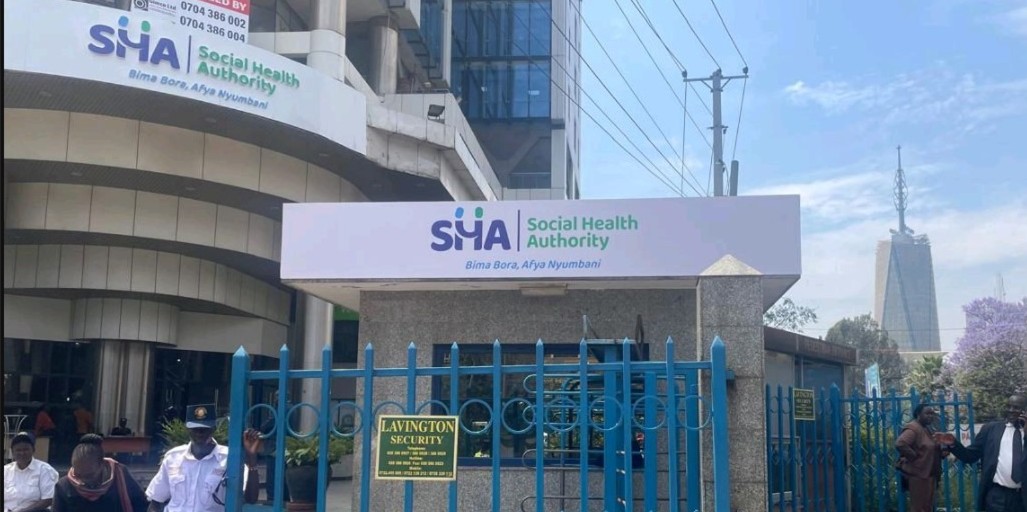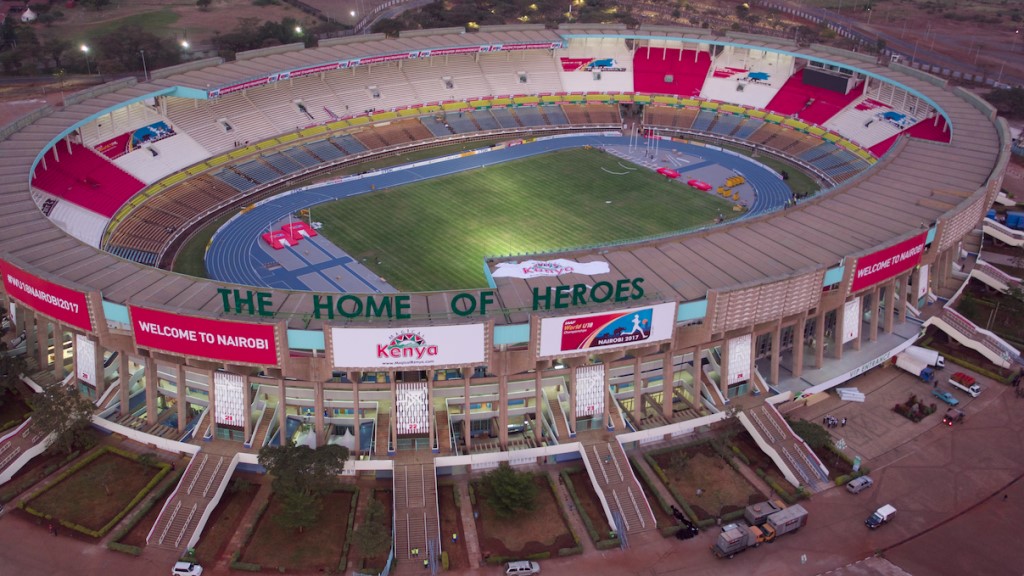Over Sh1 billion required to avert hunger crisis in arid regions -Agency

In a briefing to Deputy President Kithure Kindiki, the committee highlighted the worsening food situation and the expected impacts of the March-May long rains season.
Kenya is facing a deepening drought crisis, with at least 1.8 million people across five counties struggling with food insecurity.
The National Disaster Response Steering Committee (NDRSC) has warned that more than Sh1 billion is needed to implement mitigation measures in arid and semi-arid regions.
More To Read
- From struggle to strength: Garissa communities forge their own climate solutions
- Over 90 per cent of Guineans back Constitution that may let coup leader seek presidency
- How farmers are integrating modern, traditional farming models to beat food insecurity
- Mothers struggle to feed children as hunger grips Turkana
- Nairobi to experience cloudy skies as Coast, Rift Valley brace for rains - Kenya Met
- Most of Kenya to experience warm, dry conditions this week - Kenya Meteorological Department
In a briefing to Deputy President Kithure Kindiki, the committee highlighted the worsening food situation and the expected impacts of the March-May long rains season.
A representative of the Communication Subcommittee Agnes Kalekye, noted that the committee is conducting a comprehensive drought assessment. She revealed that government agencies are working to mitigate the crisis, including the distribution of food aid to over 200,000 households in marginalised areas.
Committee chair Peter Ndegwa expressed concerns over the suspension of humanitarian aid by the US government, warning that such a move could further strain relief efforts. The committee stressed the importance of strengthening resilience to help communities withstand climate-related shocks.
Weather forecasts indicate that February temperatures will be higher than normal, with moderate to below-average rainfall expected in the first and second weeks of April.
The National Drought Management Authority (NDMA) has issued a drought alert for 18 counties amid fears that the long rains may fail.
According to the latest climate outlook for the March-April-May (MAM) 2025 season, near to above-average rainfall is expected in the Lake Victoria Basin, the South Rift Valley, parts of the Highlands West of the Rift Valley, and the extreme northern parts of northwestern Kenya. However, the onset of the rains is expected to be normal to late, with occasional dry spells.
The forecast also indicates that central parts of the Rift Valley, the Highlands East of the Rift Valley, including Nairobi, most of northwestern Kenya, the southeastern lowlands, the coastal region, and some areas in the west will receive near to below-average rainfall. The northeastern region and the north coast are likely to experience below-average rainfall.
The distribution of rainfall is expected to be generally poor, both in time and space, with some areas experiencing storms. Most regions will see peak rainfall in April, while the Coastal Strip will reach its peak in May.
As part of efforts to boost food security ahead of the long rains, the government recently revealed that it has procured 5.6 million bags of subsidised fertiliser, which will be distributed to farmers through the National Cereals and Produce Board (NCPB).
According to the Government Spokesperson Isaac Mwaura, the initiative aims to make farm inputs more affordable, enhancing agricultural productivity across the country.
In addition to fertiliser subsidies, the government said it is rolling out a seed and seedlings programme to help farmers cultivate high-yielding crops. Government officials believe the measures will support food production and reduce the impact of drought-induced shortages.
Top Stories Today












































